In the world of TVs, your remote control is king. It’s a gateway to all that is possible on your display — like when you’re in desperate search of the best Halloween horrors to dive into or if a particular setting needs correcting on a whim.
Not every remote is made the same, though. Take, for instance, the best LG TVs, which leverage LG’s Magic Remote. It's a motion-activated wand that you aim at the screen, letting you roam options without clicking directional buttons. Despite this feature, many people don't like the Magic Remote (including myself and several folks on the LG OLED subreddit). Like many aspects of owning a TV, remote controls a matter of personal preference.
Of all the brands whose remotes I use while reviewing TVs, two stand out as the best: Samsung and Roku. These remotes succeed where most others do not, and I'm surprised that the rest of the industry hasn't caught up. In fact, they're proof that brands can bring innovation to remote designs without being too unnecessary or invasive.
Samsung's SolarCell remote
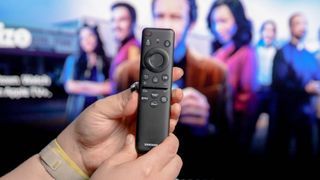
In a sea of bulky, wasteful clickers, Samsung’s SolarCell remote is a slim, resourceful beacon of hope. It gets its name from its solar-charging capabilities, but it also comes equipped with a USB-C port for manual recharges.
This approach to power doesn't just add time to the battery life (which Samsung itself claims is as much as two years on a full charge, depending on usage), it saves you money in the long run, too.
Competing remotes from brands like Hisense, Sony, and LG require routine battery changes. A four-pack of AAA batteries costs around $4, and an alkaline battery-powered remote can only run so long before you need to replace them.
One of the reasons I love PlayStation controllers over most Xbox controllers is because of their USB charging capabilities, which save me a ton of cash. Historically, PlayStation controllers haven't relied on removable batteries, and it's still true today: The PS5 DualSense controllers leverage USB-C charging. Xbox base options, meanwhile, still require AA batteries.
Samsung's SolarCell remote adds a similar level of convenience to the living room. You basically never have to think about the remote at all.
But as convenient as Samsung's approach is, Roku's might be the best.
Roku's Voice Remote Pro
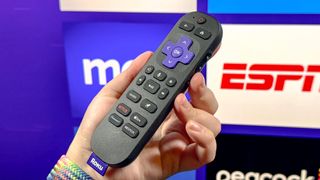
The second-gen version of Roku's Voice Remote Pro goes a step beyond Samsung's SolarCell remote, as it offers both USB-C charging capabilities and backlit buttons.
The new remote design, which comes with the Roku Pro Series Mini-LED TV and the new Roku Ultra, makes me wish other TV-makers would follow suit. Backlit buttons make so much sense when it comes to the TV remote. (Just think about how often you watch TV in the dark.)
And, although nearly all remotes feature dedicated app buttons these days, the Roku Voice Remote Pro's buttons grant you access to some of the best streaming services, including Netflix, Apple TV Plus, and Disney Plus.
In recent years, more TV brands have hopped onto the backlight bandwagon, shipping mid-range and premium TVs with backlit remotes. The Hisense U8N, Sony Bravia 9, and TCL QM8 all come with them right out of the box. But these remotes lack USB-C charging, something that Samsung and Roku wisely offer.
The Samsung SolarCell and second-gen Roku Voice Remote Pro might not be perfect, but they're among the best the industry has to offer right now. If we're lucky, competitors will take notice and follow suit.
More from Tom's Guide
- The best TV antennas of 2024: Tested and rated
- My favorite TV accessory just got an awesome 8K upgrade
- Your 2023 LG TV is about to get a major free upgrade — here’s how
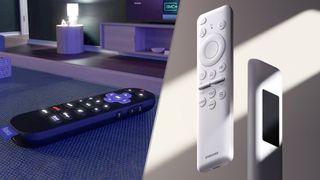
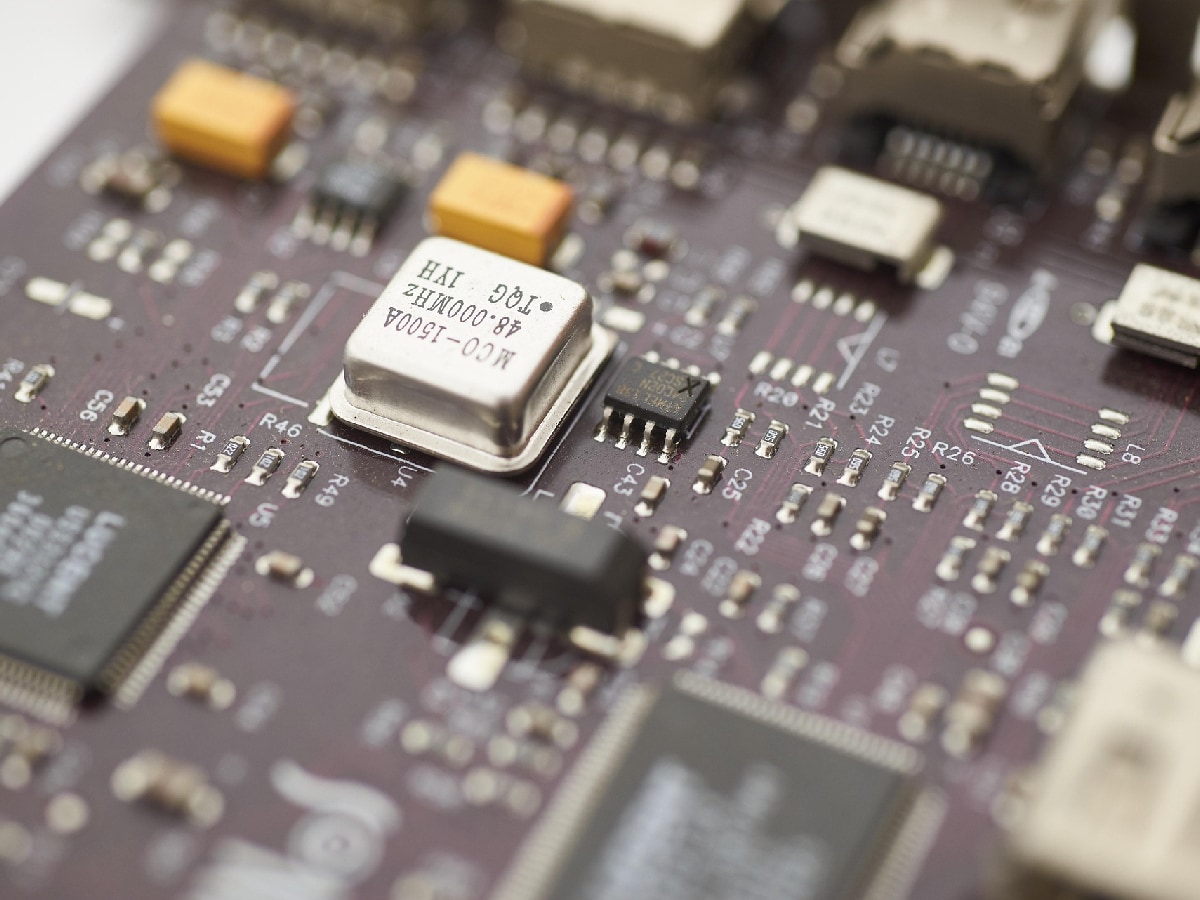




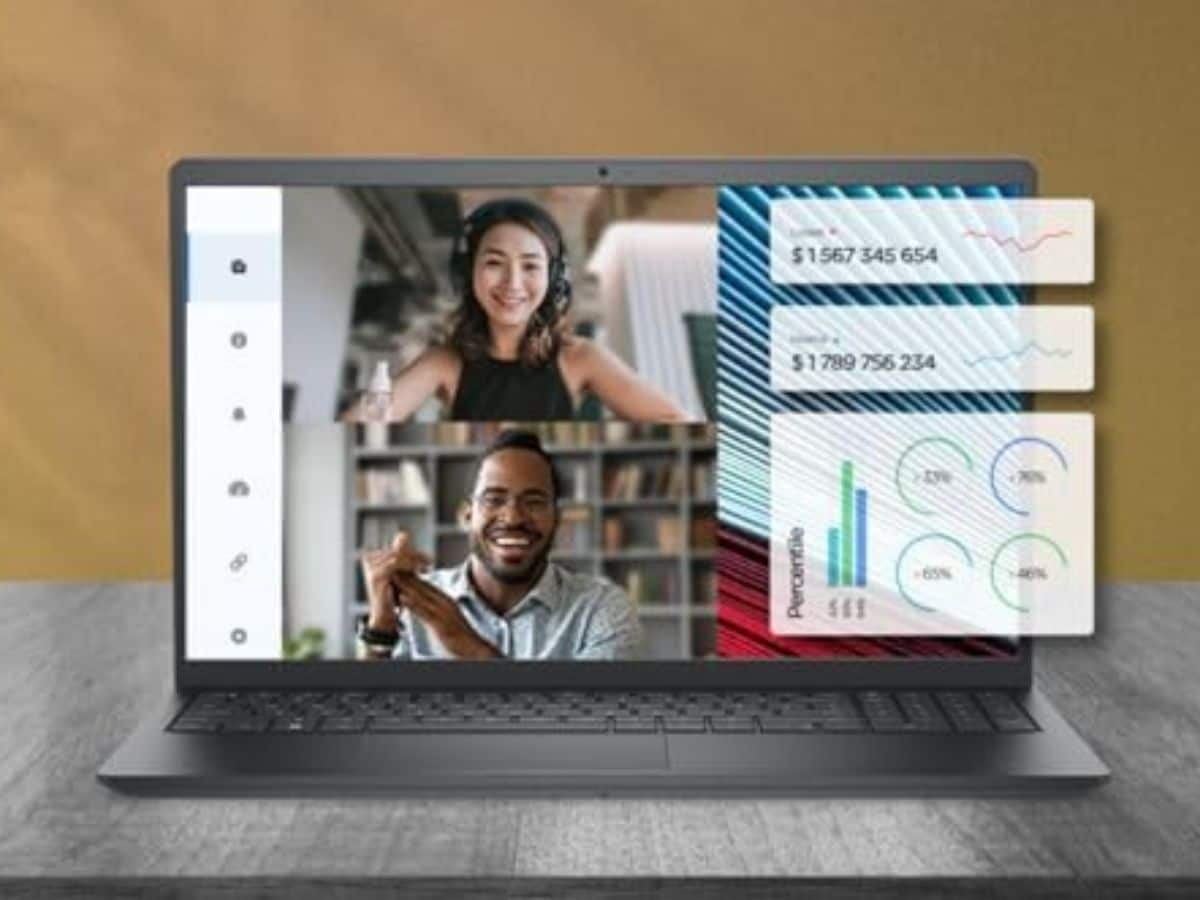














 English (US) ·
English (US) ·